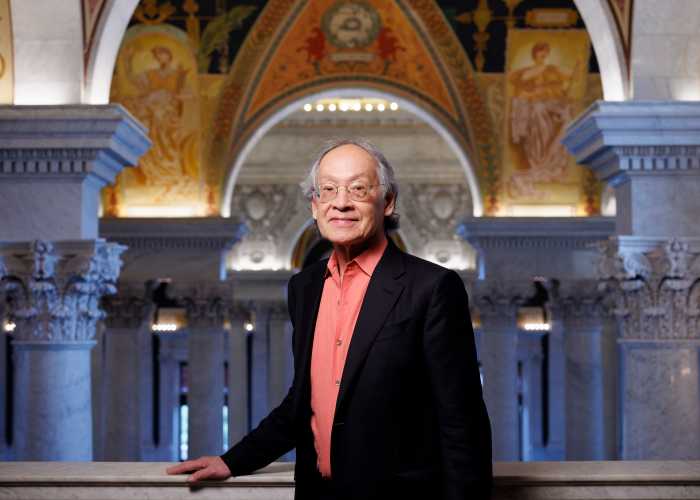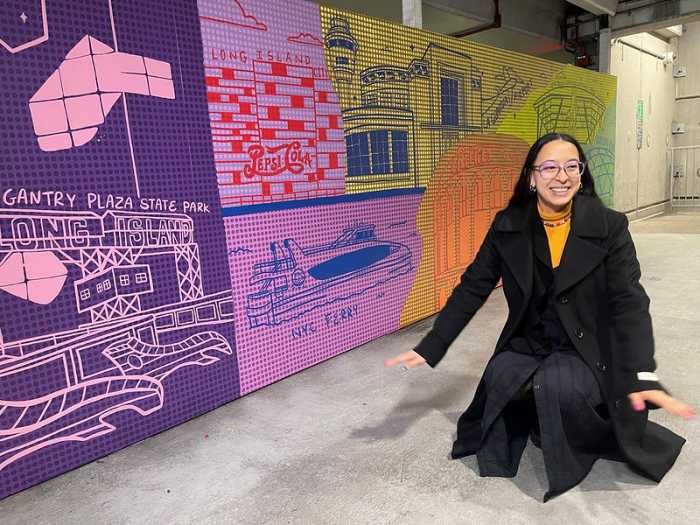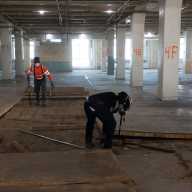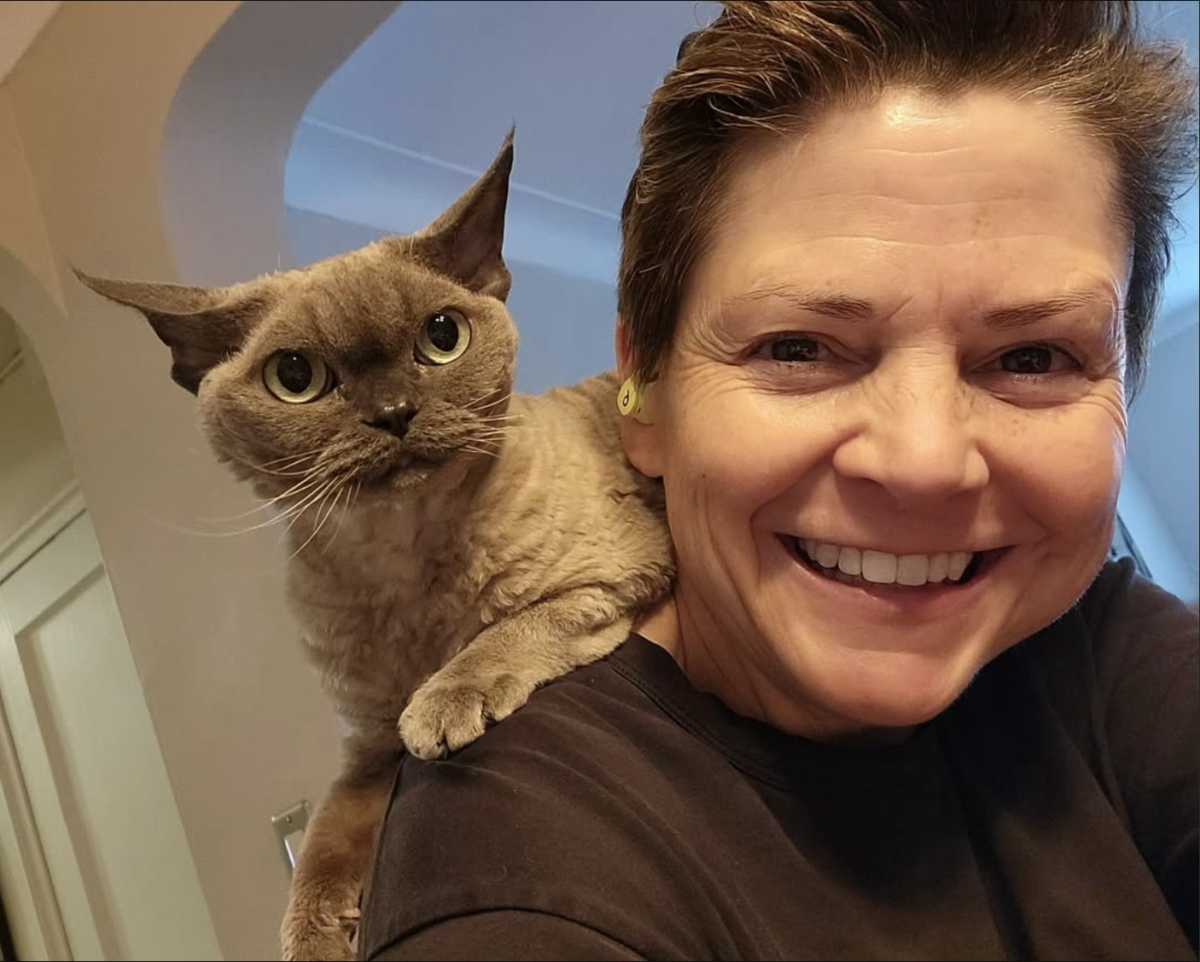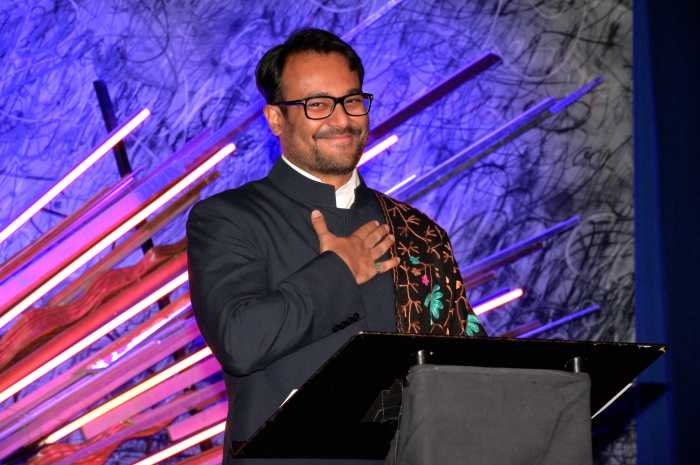By Merle Exit
After viewing an exhibition of Ida Piller-Greenspan’s monoprints and hearing the artist relate her tale of escaping from the Nazis, an editor suggested she put her story down in book form because it was, “so haunting.”
Published about a decade ago, “When the World Closed Its Doors: Struggling to Escape Nazi-Occupied Europe” was written by Susan M. Branting based on interviews with Piller-Greenspan and using the artists’ prints.
Born in Poland and raised in Antwerp, Belgium, Piller-Greenspan, who settled in Briarwood with her husband, Maurice Piller, to raise their daughters, used art to share her horrific past without speaking about it.
“My mother decided to create a pictorial diary of my parents’ escape when she learned I was pregnant with my first child,” daughter Rosie Piller said. “The pictorial diary was based on her memories, which were not always clear and crisp. These prints are meant to portray ‘an indistinct, dream-like quality.’”
Ida and Maurice Piller’s story begins on their wedding night, May 9, 1940, when the Nazis invaded Belgium.
As the story progresses, the reader learns of the couple’s ordeal when evading the Nazis and trying to obtain visas to any country that would allow the young Jews to settle. During that time most of Piller-Greenspan’s family were deported and killed in Auschwitz.
As they lived on rations of fruit, eggs and sometimes dog biscuits, the fear of having to return to occupied Belgium or any country overcome by the Nazis stirred great feats of strength and endurance as anti-Semitism was widespread.
Visas finally came from the United States.
“On June 3, 1941, two days before my 22nd birthday, we walked up the metal gangway and into steerage, the third-class section in the bottom of the boat,” Piller-Greenspan said in the book. “We did not know whether we would be turned away when we reached the United States or sent on some hopeless journey from one country to another…We could not know whether the United States would close its doors.”
Once in Briarwood, the couple set up a small diamond wholesale business.
Maurice, who by then had changed his name to Morris, would do the buying and selling, and Piller-Greenspan would help by sorting the diamonds, Piller said.
After being widowed in 1965, Piller-Greenspan tried to keep the business going as the only woman in the Diamond District, but men did not feel comfortable dealing with a woman, Piller said.
In 1967, Piller-Greenspan married Joseph Greenspan and stopped working outside the home in order to turn her attention to her growing family, including sons Mark and Danny Greenspan.
She also focused on her art, eventually earning a bachelor of fine arts from Queens College on her 60th birthday in 1979.
Piller-Greenspan left Queens in 2001 and moved to Boulder, Colo. to be closer to Piller. She died in 2011.
With the exception of her pictorial diary, none of her artwork had to do with the Holocaust. She worked in realism, abstract art, and everything in between. She even sculpted a few pieces.
“I would like to thank my loving parents, Morris and Ida, for setting their grief and anger aside and bringing us up on the Golden Rule,” her daughter said. “My sister Liane and I learned about the Holocaust at an early age and, thankfully, the focus was not on hatred but on the lessons to be learned regarding resistance to oppression and compassion for the oppressed.”



